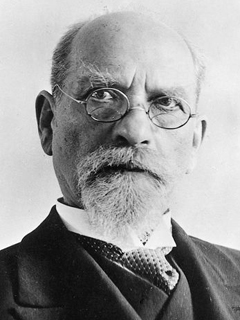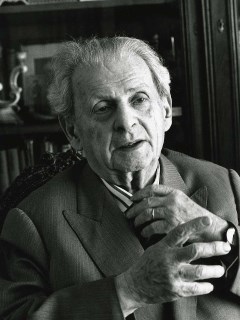
Publication details
Verlag: Springer
Ort: Berlin
Jahr: 2007
Pages: 293-308
Reihe: Studies in East European Thought
Volle Referenz:
, "Iconic wonder", Studies in East European Thought 59 (4), 2007, pp. 293-308.


Iconic wonder
Pavel Florensky's phenomenology of the face
pp. 293-308
in: Studies in East European Thought 59 (4), 2007.Abstrakt
The key focus of this essay is the experience of encountering divine wonder in things. The examination of the divine encounter is staged against the phenomenological backdrop. Specifically, the concept of the divine wonder is taken in its original, Husserlian, definition as Verwunderung and is traced via Levinas and his concept of face (le visage) to the early 20th century Russian philosopher, Pavel Florensky (1882–1943), whose 1922 essay "Iconostasis" approaches divine representation (лuк) in icon painting explicitly and consistently as a phenomenon of wonder. More broadly, by connecting Florensky and his work to the phenomenological project at large, this essay aspires to show that the early 20th century Russian contributions to phenomenological thought go beyond adaptations and simulations of the traditional phenomenological prolegomena toward highly original philosophical encounters.
Cited authors
Publication details
Verlag: Springer
Ort: Berlin
Jahr: 2007
Pages: 293-308
Reihe: Studies in East European Thought
Volle Referenz:
, "Iconic wonder", Studies in East European Thought 59 (4), 2007, pp. 293-308.



